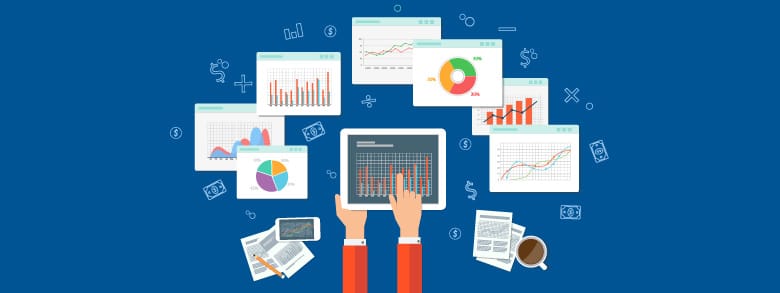On July 26, 2017, Bulldog Reporter presented a webinar by Serena Ehrlich titled Monitor, Measure, Evaluate, Evolve. Here is a recap of what Business Wire’s Director of Social and Evolving Media had to teach us.
Our recent webinar, Monitor, Measure, Evaluate, Evolve, started off with a captivating statement: PR pros are just not paid enough.
Not only that, their budgets are smaller than their marketing counterparts.
And webinar guest presenter Serena Ehrlich, Director of Social and Evolving Media at Business Wire, wholeheartedly believes this needs to change.
Serena argues that earned coverage, generated by PR activities, generates trust and credibility not possible through paid advertising or branded content.
“It’s the PR coverage that you’re generating that’s actually moving people in and through your marketing and sales funnels,” she states, touching on why PR pros deserve a bigger slice of the pie.
So, with this in mind, why are PR professionals, on average, being paid less than their marketing counterparts currently?
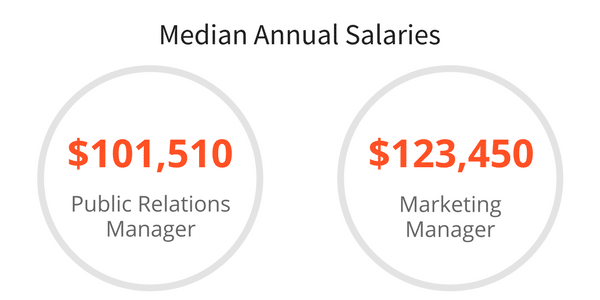
Source: U.S. Bureau of Labor Statistics Occupational Outlook Handbook, 2016-17 Edition
It comes down to a fairly simple answer, which Serena provides: “It’s because PR professionals do not use data, and marketers do.”
In order to prove the value of PR, and ultimately demand higher budgets and increased salaries, and evolve as a practitioner, PR pros need to start using data in different ways to demonstrate the trust and impact they’re driving.
And there’s no time to waste in getting started.
“Every PR program you initiate today generates data that you can use to align your PR programming closer to your company’s business goals,” Serena continues.
Here are some of Serena’s recommendations of how to better use data to align your PR activities with your company’s goals, and to come out looking like a PR superstar.
Present Outcomes, Not Outputs
Measurement is arguably the biggest area of improvement for the PR industry as a whole.
It can be tempting to focus on outputs, like the number of coverage pieces you had this month, or outdated metrics like AVEs, but these metrics are underwhelming and won’t impress the C-suite.
Instead, make outcome-based data the main focus of your PR reports. Here are some ideas for consideration on how to accomplish this:
- Did a recent coverage piece include your message points? Consider measuring key message pick-up among coverage on a regular basis, as shown below.
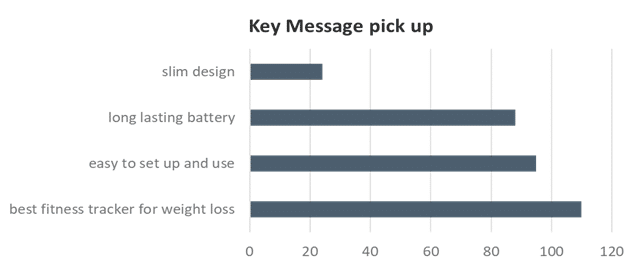
- Take the above approach to the next level by developing a custom scoring system to rank all of your earned coverage. Hint: this set-up is complex; learn how Agility PR Solutions can help with custom media scoring indexes.
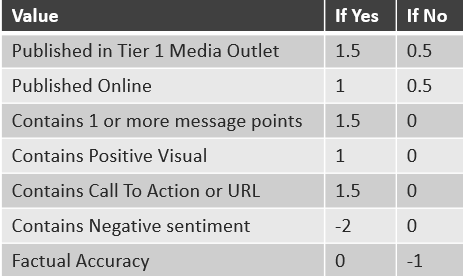
- Whenever coverage includes a link to your website, measure and report on the amount of inbound traffic generated. Take it one step further by measuring where the inbound traffic went, and what actions were performed once these visitors were on your website.
- Display how your brand is perceived, on its own or compared to your competitors, by monitoring coverage sentiment.
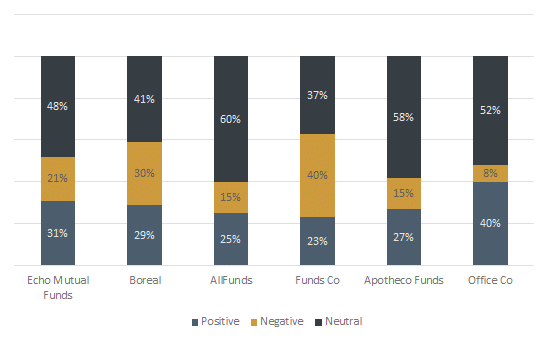
- Answer questions about your brand’s presence in the marketplace by showing the share of voice you are getting in coverage, compared to all major players in your space.
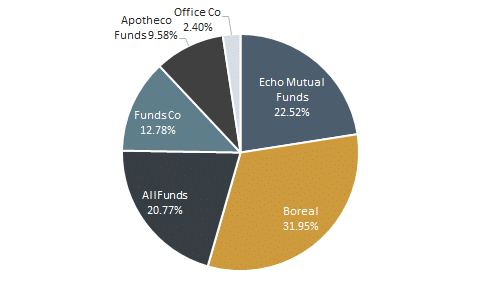
- Report on how many shares your coverage got across social media. Include details on what conversations were started because of it.
Using metrics from the above approach is a good start in outcome-based reporting, and will allow you to present the results with terminology relevant to your C-suite. Doing so will group your PR activities with your organization’s overall business goals, making you that much more indispensable.
More importantly, these smart metrics will help you establish a baseline so you can begin to compare your performance over time, get a better sense of which campaigns are successful and which need work, and exceed clearly defined expectations. It’s all about evolving as a communicator.
Research What (and Who) Resonates
Equally important to outcome-based measurement is the presence of data in pre-campaign creation.
By setting up some initial media monitoring and analysis before even starting your next PR campaign, you take the guesswork out of which topics and messages will resonate with your audience.
Monitoring past media coverage prior to creating your campaign will track the conversations already occurring in your space. The more you know about what people are interested in right now, the stronger your writing and your content will be.
Pre-campaign media monitoring will help you answer the following questions so you can create content that resonates:
- What is your industry focusing on?
- What problems are they trying to solve?
- What are your competitors saying?
- What is the tone of your competitors’ messaging?
One powerful data-driven tactic to create more potent content that Serena suggests in the webinar is using keyword research for news release headline creation.
You can do this by gathering all the keywords included in your news release and entering them into Google Trends. Adjust the timeframe to the past seven days and adjust the location to your relevant areas, and see which of your keywords are being searched at the highest rate.
The most-searched terms or phrases are most likely to gain the highest amount of attention. (Just keep in mind to not create gibberish or keyword-stuff your headlines — they still need to be readable!)
In addition to using data to see what’s getting a response, it’s also highly effective when used to determine who’s getting a response.
Pre-campaign media monitoring will help you pinpoint the top journalists and influencers writing about topics important to your audience to share your releases with, and ultimately, amplify your content.
Pre-campaign influencer monitoring will help you answer the following questions when looking for your brands top influencers:
- Who are the thought leaders your customers are listening to?
- What are today’s reporters in your space focusing on?
- What are the top themes your top influencers are writing?
- Which influencers are writing about your competitors?
Overall, data in public relations is a vast topic and there are many different ways to prove your PR star status. To learn more about outcome-based reporting and pre-campaign monitoring, contact us.
Looking for more ways to demonstrate PR impact and earn media coverage? Sign up for a Bulldog Awards Stars of PR award, presented by Bulldog Reporter. The Bulldog Awards celebrate the best and brightest in corporate communications and public relations. Better yet, they’re the only PR awards program judged exclusively by journalists.

